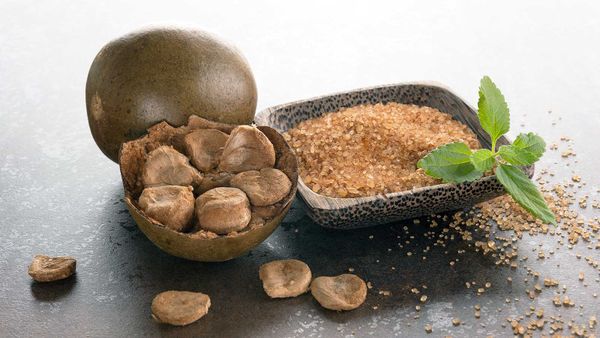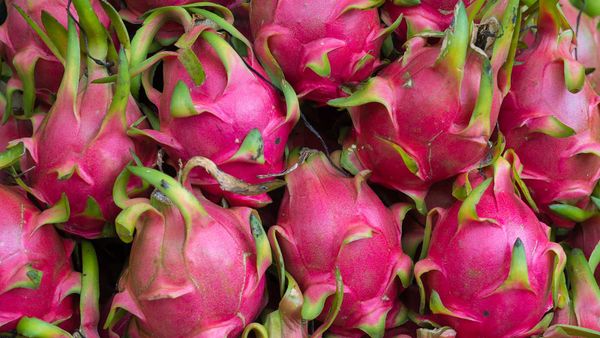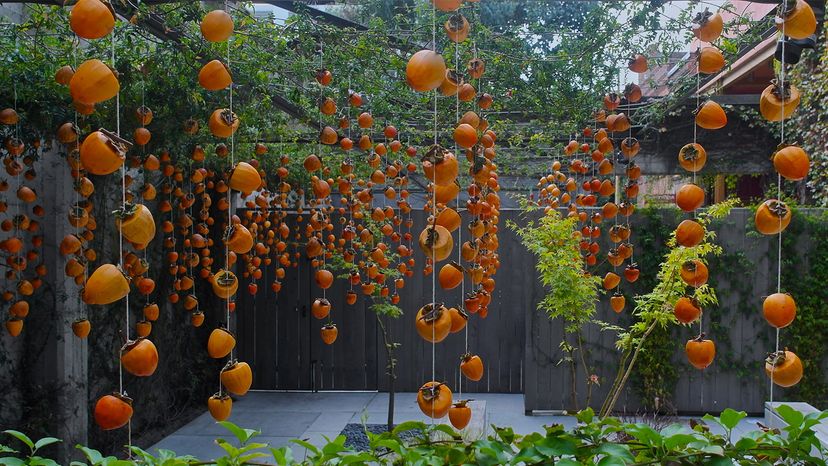
We've all been handed our fair share of lemons lately, so enough already with the lemonade. As 2022 continues to sprawl before us with months of renewed hope, untold potential and ongoing challenges, why not grab it by its stem, tie a string around it and give another of life's astringent fruits a shot at proverb status? When life hands you persimmons make hoshigaki!
Originally a method of preserving the fall harvest for winter, hoshigaki (Japanese for dried persimmon) is a centuries-old Japanese delicacy that's easy to make but is remarkably time- and effort-intensive. The weekslong process happens slowly – requiring patience, mindfulness, an almost microscopic attention to detail and a near daily practice of gently and slowly hand "massaging" each persimmon.
Advertisement
There are many kinds of persimmons, but the two most common varieties are the stumpy fuyu that looks like a mini pumpkin and can be eaten ripe and crispy, and the cone-shaped hachiya that is too acerbic to eat until it's overripe and pudding-like in texture. Hoshigaki is made from firm hachiyas with just the right tad of softness, and preferably a longish stem. Anybody can make it – just keep in mind that there is no one exact right way and, like wine-making, there are lots of different techniques, and outcomes vary with the maker. But the one absolute no-brainer about which all hoshigaki makers agree is that mold is your nemesis. Repeat, mold is the enemy. With that overarching fact in mind, here's how to get started.
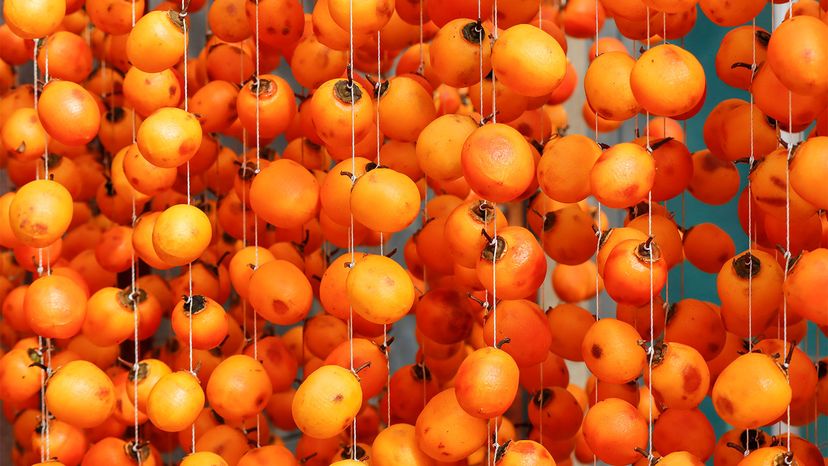
All you need is hachiya persimmons (which can be found at most Asian grocers, farmers markets and some chain stores), a knife and some string. Peel the skin off the hachiya and tie a slipknot around each stem. For persimmons without a stem, you can insert a screw through the top into the core and attach your string to the screw. Next, sterilize each persimmon by dipping it in boiling water for one to two seconds. Some makers do a quick dunk in vodka or brandy instead. Hang the persimmons someplace warm and dry – preferably in or near a sunny window – and leave them undisturbed for a week to air dry.
After a week, using a very gentle touch (never squeeze!), press each persimmon ever-so-gingerly once a day, working your way up to a very light daily massage. This soft coddling helps break down the pulp and smoothes the outside of the fruit where wrinkles can entrap moisture and harbor mold. It also forces out internal air pockets and entices the natural sugar to the surface of the fruit where it forms a white powdery crust called a crystalline bloom. Over several weeks (from as few as three to six weeks or even more) the fruit will soften and shrivel, forming a craggy exterior with deep grooves in the folded skin. At the end of the process, gently roll the hoshigaki with a rolling pin to achieve even thickness and get rid of any remaining air bubbles. And voilà: time to test the fruits of your labor.
If all goes well, your hoshigaki should be amber-colored, firm but pliable, and taste squishy and chewy with a moist, musky sweetness – having kind of a honey-like flavor with notes of caramel and cinnamon. It can be stored in an airtight container and shared with your most appreciative gourmand friends or savored at your leisure for up to a year or more.
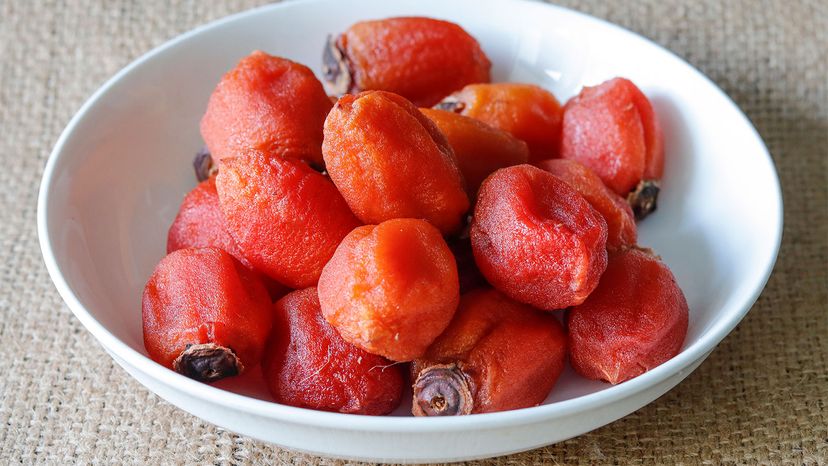
Advertisement

